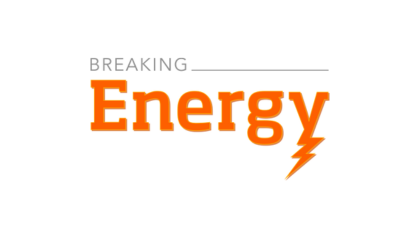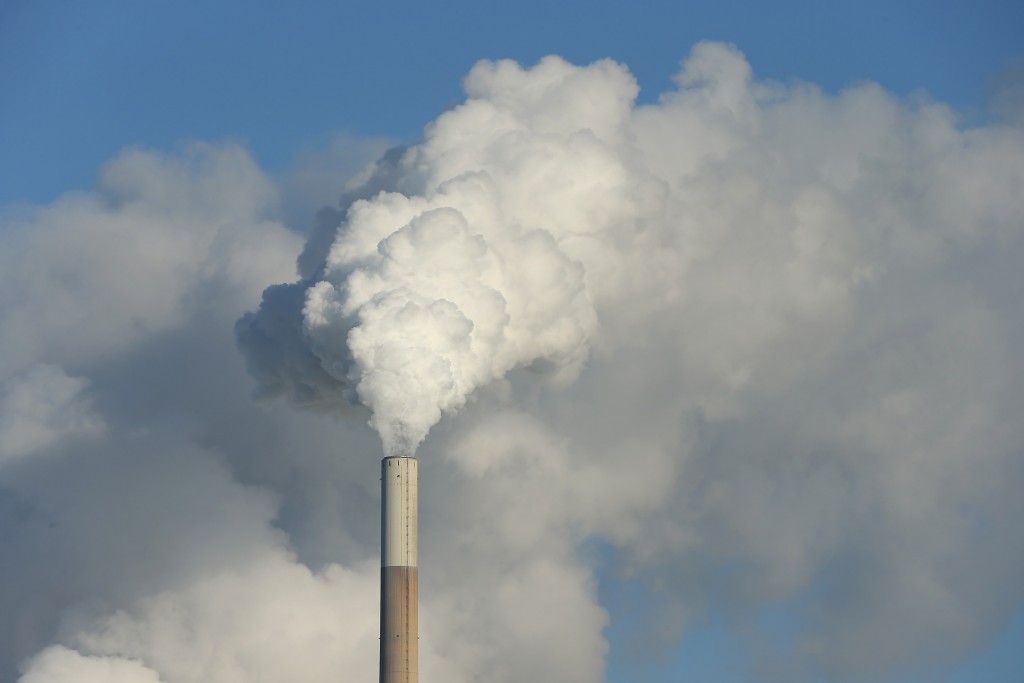In the wake of President Obama’s speech last week about a Climate Action Plan that would seek to limit carbon dioxide emissions from power plants, opponents of new emissions standards have warned of the potential negative impact on electricity costs and economic growth. The Natural Resources Defense Council has sought to counter those claims with the… Keep reading →
Synapse Energy Economics
Sign up and get Breaking Energy news in your inbox.
We will never sell or share your information without your consent. See our privacy policy.
The daunting cost of getting new transmission lines built is spurring the search for alternatives that not only cost less but can make the electricity system more resilient in the face of natural disasters like Hurricane Sandy.
Proponents of distributed generation, like rooftop solar panels, have been promoting many of these options as clean energy. But Doug Hurley, senior associate with Synapse Energy Economics, told the National Association of Regulatory Utility Commissioners (NARUC) in Baltimore this week that cost alone will drive the power industry toward “non-transmission alternatives” (NTAs). Keep reading →
Nuclear Power Debate Heats Up in NYCs Backyard: Relicensing Controversy Intensifies
By Jared Anderson
The battle lines have been drawn for years, but the fight over nuclear power’s risks and benefits reached a new stage in New York this week where issues including public safety, reliability, the environment and ratepayer costs are being disputed.
The Indian Point nuclear power plant run by Entergy generates over 2,000 MW approximately 30 miles north of New York City. Supplying roughly 25% of New York City’s and Westchester County’s electricity, the plant’s operating licenses are due to expire within the next few years and the federal hearings are drawing Indian Point’s proponents and critics into stark relief. Keep reading →

Additional wind power in the US Midwest could cut wholesale electricity prices by more than 25%, saving a typical household as much as $200 a year, proponents of new renewable energy capacity in the region said.
The analysis for the advocacy group Americans for a Clean Energy Grid found that if 20 GW was added to the existing 10 GW of wind capacity in the MISO region, consumers’ power costs would decline by $3 billion to $6.9 billion a year after the costs of new transmission is factored in. Keep reading →

The theory of capacity markets is simple: in a competitive market, electricity prices for future supply will rise as shortages loom, drawing in competitors to profit by building new generating capacity.
In practice, it may not be working out that way, and simmering discontent over how much consumers are paying for future reliability, and what they’re getting for it, may become open, and bipartisan, rebellion in 2012. Keep reading →

